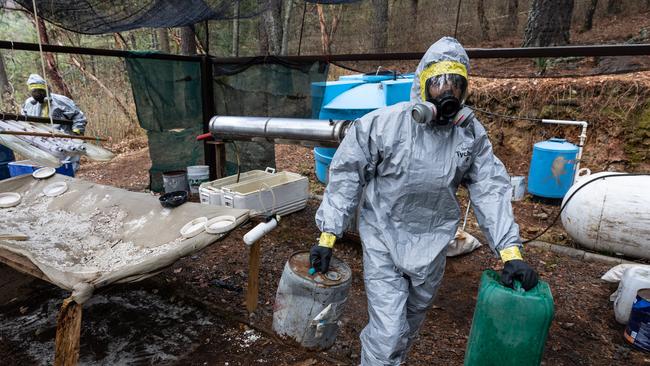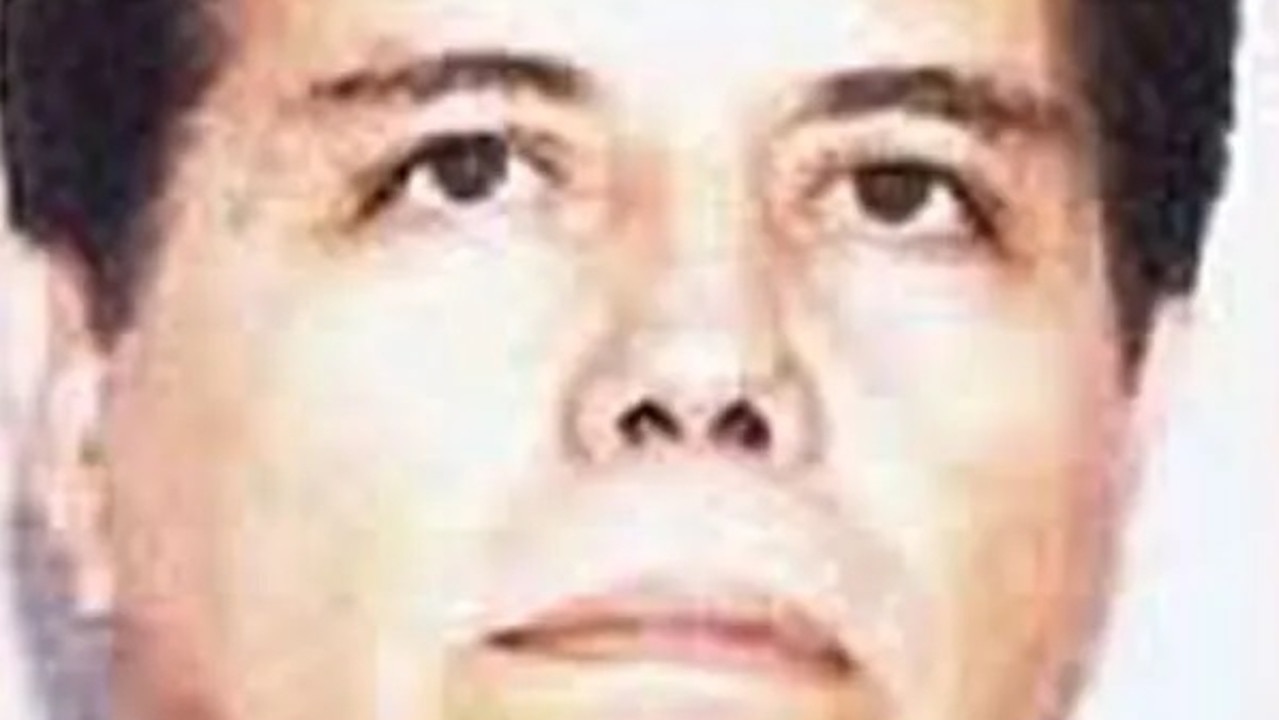Narcos on the frontline reveals the disgusting ingredients in cocaine that is moved to Australia
Cocaine might be a glamorous party drug in Australia, but how it is made in the depths of Colombian jungle is putrid. See how it’s made in our video.
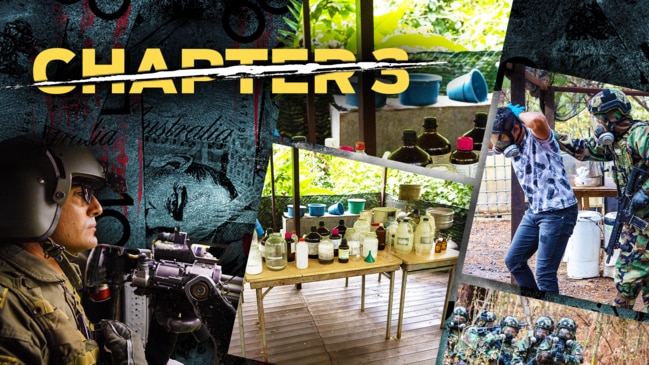
Narcos on the Front Line
Don't miss out on the headlines from Narcos on the Front Line. Followed categories will be added to My News.
Cement, sulfuric acid and petrol.
The “dirty, disgusting” process of making cocaine is laid bare in a drug lab in the middle of the Colombian jungle.
And it’s here Australian Federal Police Assistant Commissioner Kirsty Schofield is getting a front row look into how the toxic chemicals are used to make the drug.
“There is no way I’m putting any of that in my body,” Asst Comm Schofield said as she toured the Colombian police lab at its training facility in the mountains at Cuchilla La Jagua, an hour’s flight from the capital Bogota.
Watch how cocaine is made in episode 3 of our Narcos on the front line docuseries above.
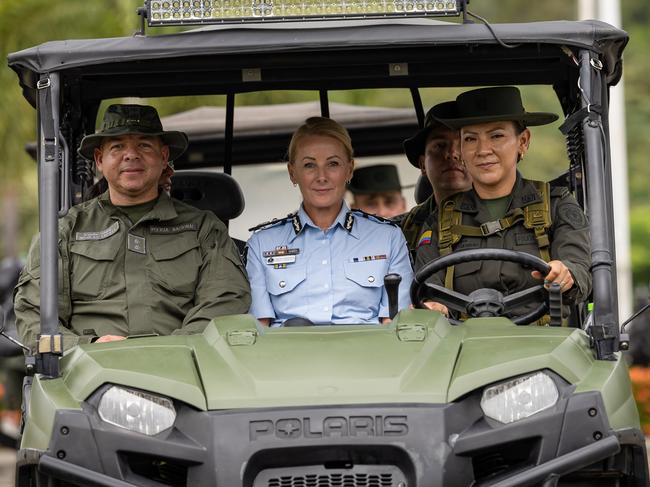
“And I would recommend no one ever puts anything like this into their body”.
As many as 500kg of coca leaves are needed to create one kilogram of cocaine.
Workers rip the coca leaves off the trees by hand.
They are paid A$22 for 125kg of leaves, which skilled workers could do in a day.
That’s more than they could earn with other crops but barely enough to make a living.
Farmers use whipper snippers to cut the leaves, which are about 5cm long, into a fine material similar to grass clippings.
The coca clippings are then mixed with cement to bind the leaves together before it is put into a 44 gallon drum filled with a petrol mixture.
“So for anyone who thinks the coke is good for you, just so you know, it’s got to cement in it,” Asst Comm Schofield said.
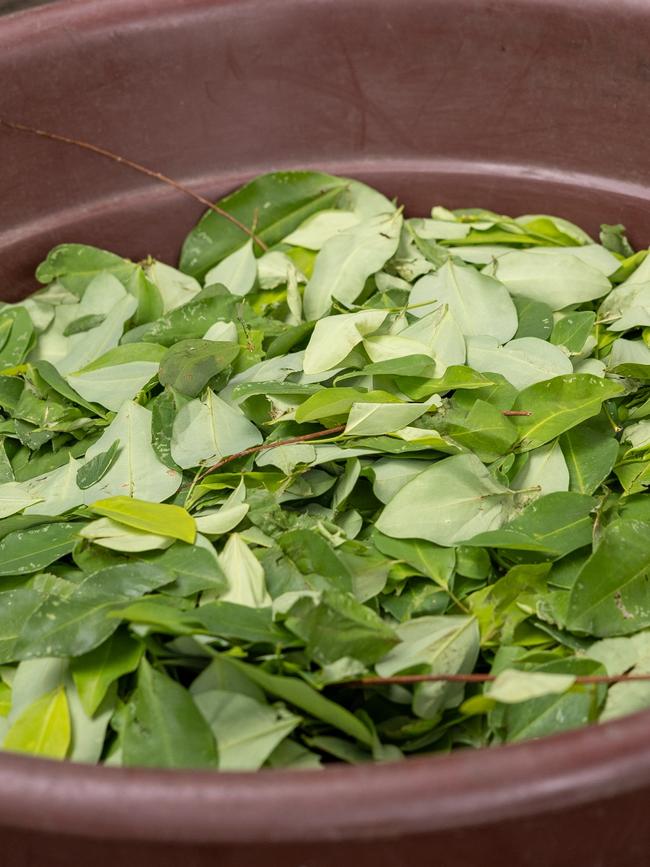
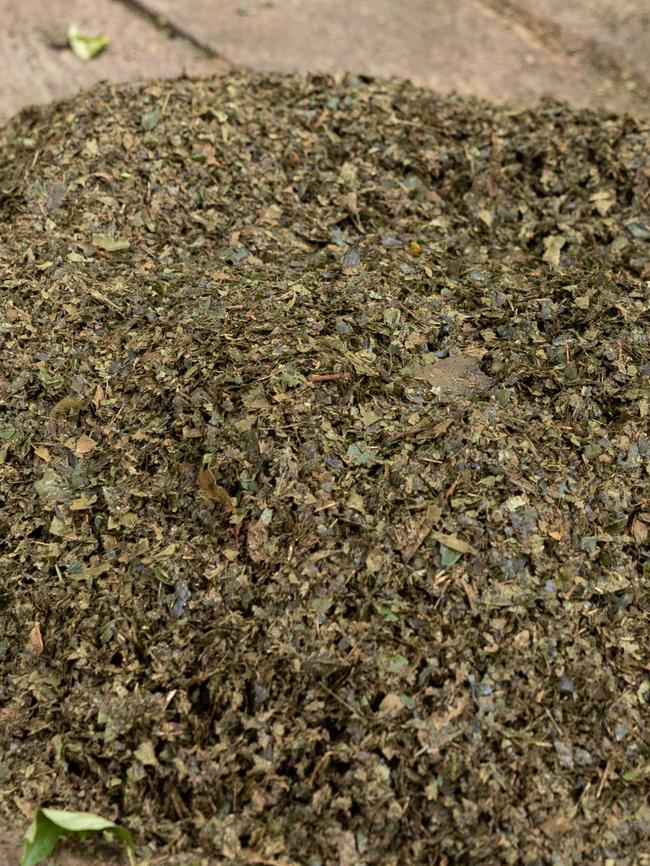
The petrol, which also can include sulfuric acid, ether and ammonia, separates the leaves and cocaine hydrochloride – the active ingredient in cocaine.
“You can smell the gasoline on it, you can smell it throughout all of the different stages. The gasoline smell is extremely strong,” Asst Comm Schofield said.
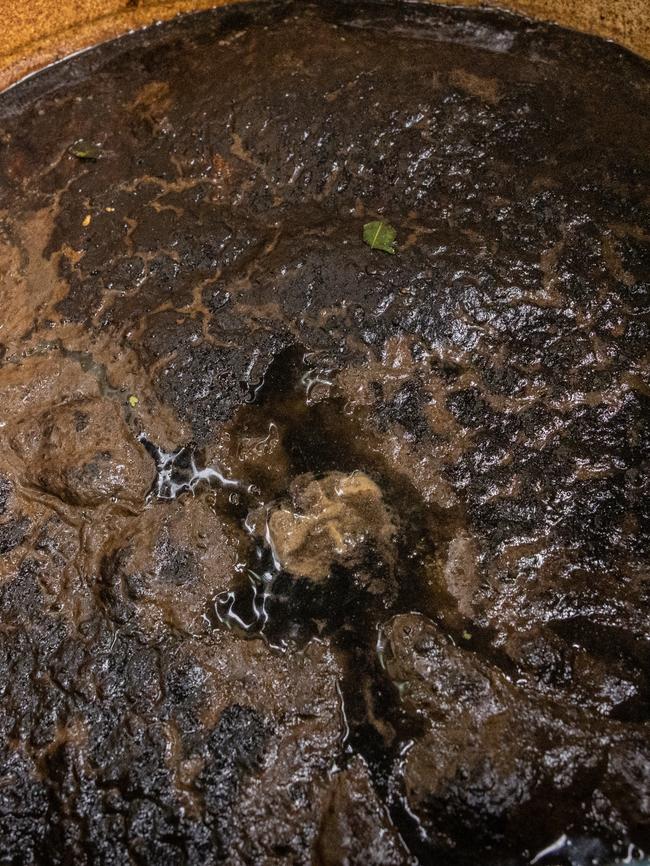
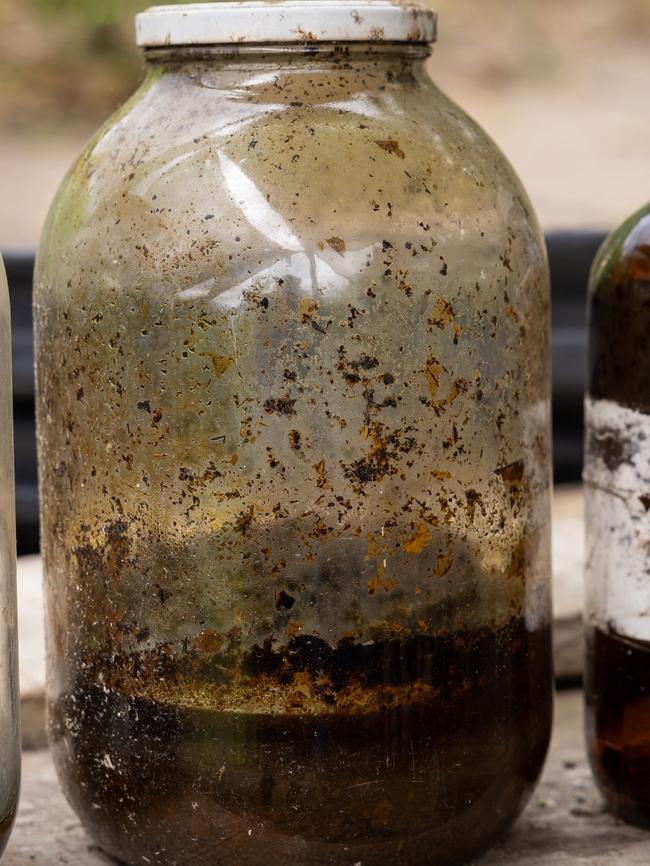
Farmers then take a brown sludge from the petrol mixture, which is known as cocaine paste, and sell it on to drug cartels for as little as A$1500 a kilogram.
The cocaine paste is then dissolved in hydrochloric acid before ammonia is added.
The paste is then dried and turned into powdered cocaine, which is shipped to Australia where it sells for $300,000 a kilogram.
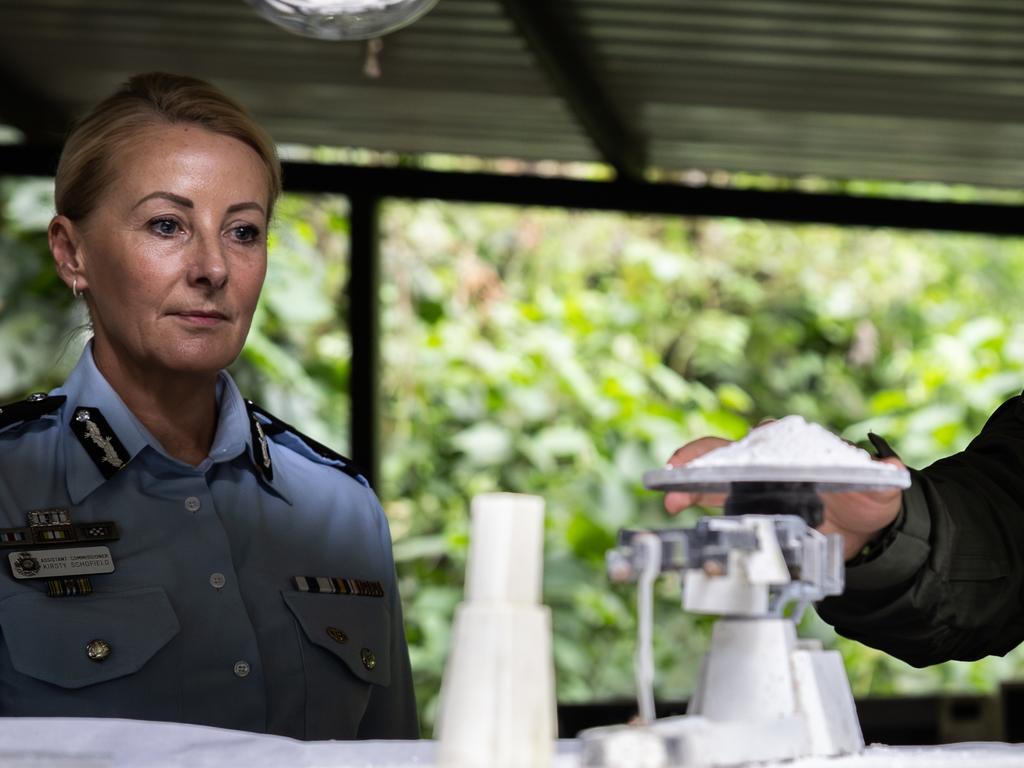
More than 230,000 hectares of Colombia’s jungles have been turned over to coca plants – land that could have been used to grow food for the nation’s 50 million people.
The cocaine trade also comes with an environmental cost for Colombia.
“They actually strip down the land, they cut down all the natural vegetation, they plant the cocaine crops,” Asst Comm Schofield said.
“All the chemicals end up in their waterways. So it’s a huge environmental hazard for this country.
Originally published as Narcos on the frontline reveals the disgusting ingredients in cocaine that is moved to Australia


